MORE
John Vassar House Sculpting Sequence: Sketch Model Full-Size Bronze Sculpture
John Vassar House’s, referred as here and after (JVH), main sculptural activity was aimed at sketching three dimensional forms and at wax model making. These two activities occupied at least 70% of his daily work. Any occasion and any paper surface and pen were used to draw three-dimensional form sketches. Unfortunately, the paper he mostly used (lightweight letter paper) was very light and ruined over time, especially due to the many changes of location and storage. Presently, over 700 sketches have been filed in electronic format. However, for a production of 300 sculptures (models and large size) over his professional worktime however, the number of sketches available does not reflect the true amount done. The real number of sketches should be in the range of 2,500 sketch pages based on 24 years of sculptural profession.
A sketch (drawing) for JVH represents a three dimensional form. The sketch is a mean to show the proportions of the final full-size sculpture with its intended base and surrounding environment. Although fast, sometimes these sketches are like a brainstorming exercise, where many sketches are drawn, although they not qualify. Comments by John Vassar House are often found on his sketches to highlight something special he needs to address.
A first model is the means for JVH to make a three-dimensional wax. Sometimes, more than one wax models are required so to ensure a selection. When the model is completed, JVH casted it in bronze. In his common practice, he showed the model, or photographs of it, to his customers. Should the latter wanted to proceed with a full-size enlargement, this would be made and cast. The bronze model was donated to the customer as a token. Occasionally more wax models were cast in bronze to allow the choice, see examples below.
JVH did not start a wax model until he had a good sketch in mind. His sketches conveyed the three-dimensional aspects of form and of movement he was convinced of. The wax model(s) were purposely all made in black gloss wax. This allowed JVH to have a standard measuring gauge for proportions and form.
Although, the wax models were cheap and fast to build, the selected sketches focused on very detailed forms and proportions. Knowing that the sketches came ahead of the model, it is clear that the proportion and form details on the sketches were memorized by JVH to be replicated on his wax model. The examples below confirm this.
JVH is recognized as a perfectionist in his sculptural work for his work sequencing and detail in the sketches and in building wax techniques. The bronze model allowed him to enlarge to full-size without unforeseens.
Below are some examples of the Sketch/Model/Full-Size Bronze sculpture sequence all by JVH.
1967 Four (4) Cubes Sinking (sketch and final bronze, no enlargement for full size was made for this piece)
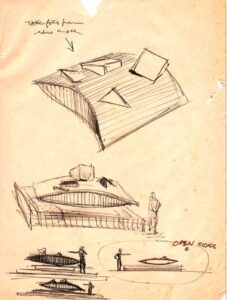
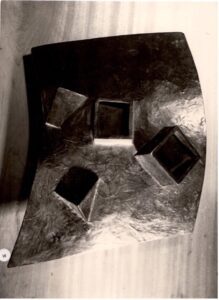
1970 Peace Light (sketch, bronze small model (two views) and 2-meter-high bronze model of light tower)
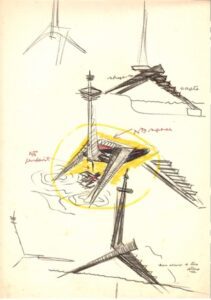
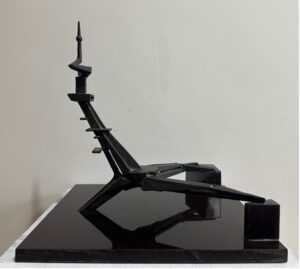
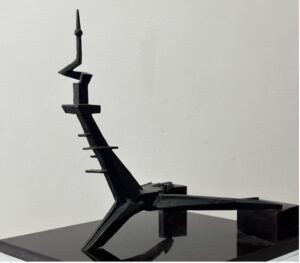
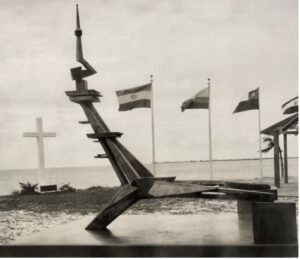
1973 Cutting Edge (sketch and bronze model, no full-size enlargement was made for this piece)
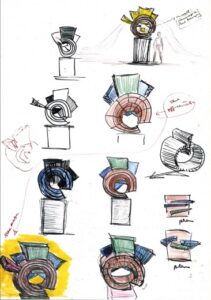
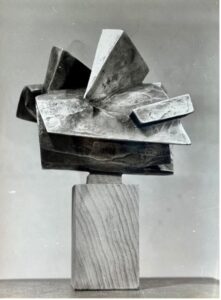
1974 Symphony Hall for Minneapolis Auditorium (sketch and bronze model, no full-size enlargement was made for this piece)
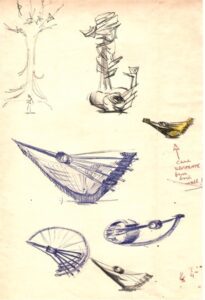
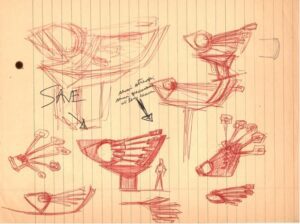
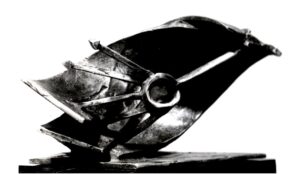
1974 Three in one or Triad (sketch and bronze model, no full-size enlargement was made for this piece)
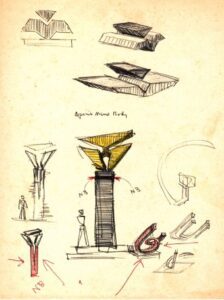
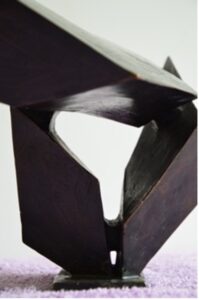
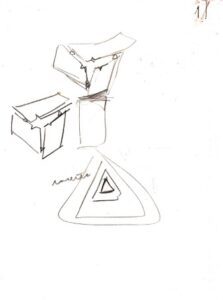
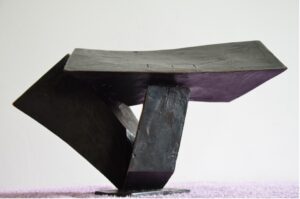
1974 Rainbow Arch Restructured (sketch and bronze model, no full-size enlargement was made for this piece)
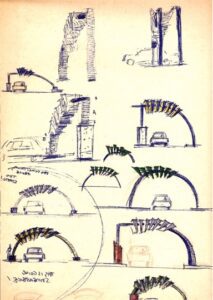
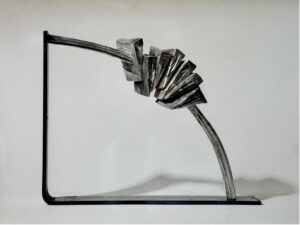
1974 Wave (sketch and bronze model, no full-size enlargement was made for this piece)
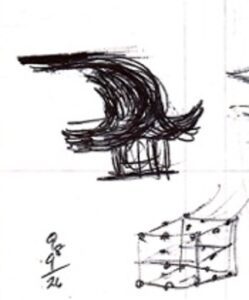
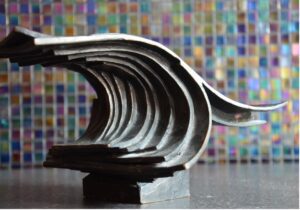
1975 E=mc2 (sketches and four (4) bronze model, no full-size enlargement was made for this piece)
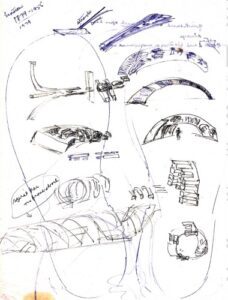
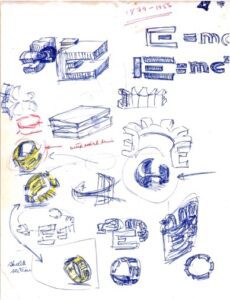
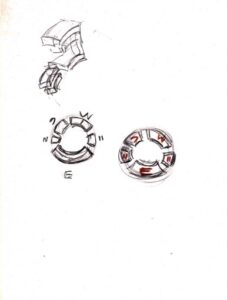
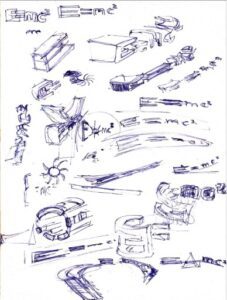
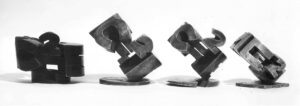
1976 AG Bell 1876 (sketches, no photo of small bronze model and full-size bronze sculpture on site)
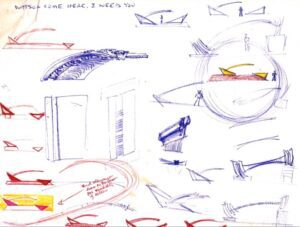
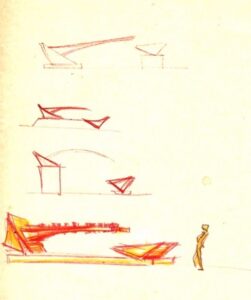
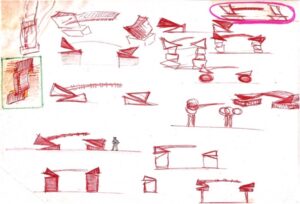
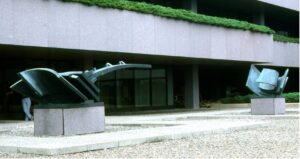
1977 MEC Treaty of Rome (sketches, no photo of small bronze model and full-size bronze sculpture on site)
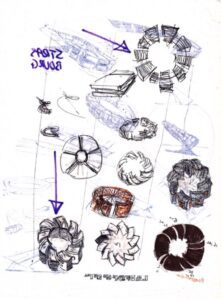
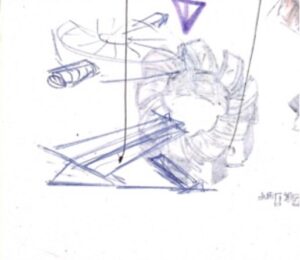
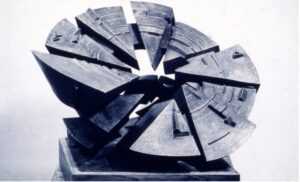
1979 European Parliament (sketches, photo of two (2) small bronze models and full-size bronze sculpture on site)
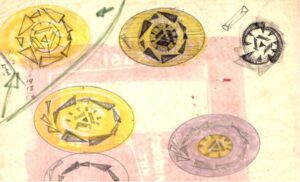
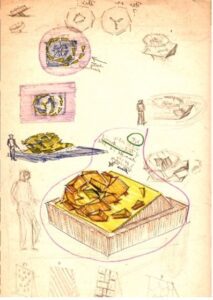
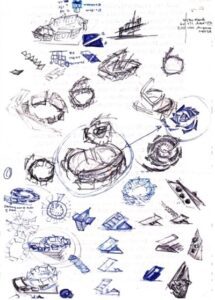
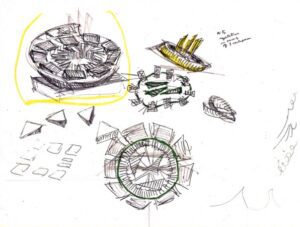
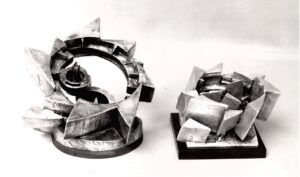
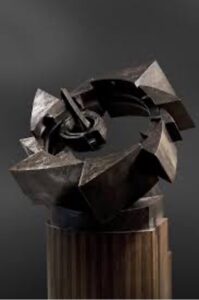
1981 Sun Up at Quorum (sketches, no photo of small bronze model and full-size Corten steel sculpture on site)
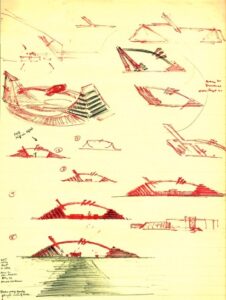
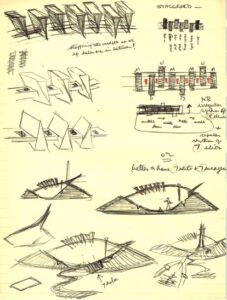
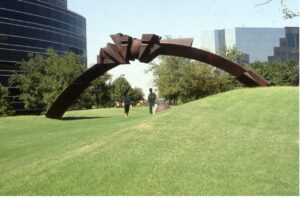

-

 EDUCATION3 months ago
EDUCATION3 months agoFree Cover Letter Generator: Build Job-Winning Letters in Minutes
-

 GUIDE3 months ago
GUIDE3 months agoBenefits of Online Personal Training for Fitness Success
-

 BUSINESS3 months ago
BUSINESS3 months agoGrow Your Audience with USA Instagram Followers
-

 TECH3 months ago
TECH3 months agoFreedom Forever Solar Reviews Explain How Conversational Intelligence Turns Customer Interactions into Insights